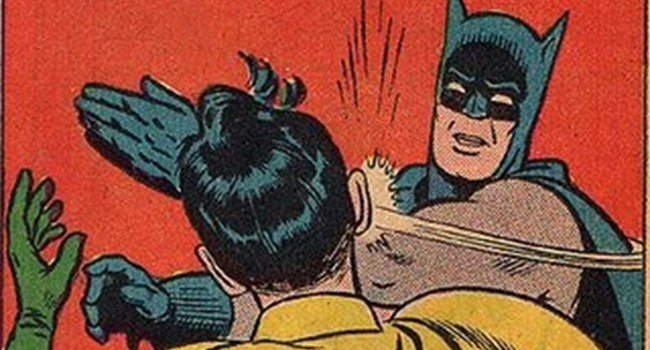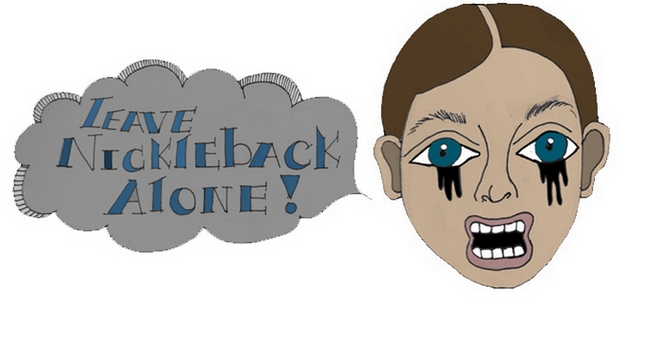It can be an ocean away, or right next-door; wherever it is, violence is inescapable.
The ability violence has to bring people together is just as strong as its ability to tear people apart. It is freedom; it is despair. However one sees it, no other action is as strong in meaning or effect.Violence fuses people from all walks of life, across many generations. From Vietnam, to the gangs down the street, violence shapes people.
M.I.A. is more than a triple threat. The part-Brit, part-Sri Lankan Tamil is known for her photography, fashion design, unlimited graphic design talents and record production, as well as her political activism. Yet, she is best known for her work in the music world. The singer has earned international acclaim and criticism for her song “Paper Planes,” a song launched into the lime light by the “Pineapple Express” trailer.
However, before she could battle the critics, she grew up facing a different sort of battle right in the middle of the Sri Lankan Civil War.
Despite being born in Hounslow, London, Mathangi “Maya” Arulpragasam moved back to her family’s native Jaffna, Sri Lanka when she was only six months old. Once there, Arulpragasam’s father became a political activist, working to support the Tamil—an ethnic group the Arulpragasam family identified with. Arulpragasam would draw influence from her family’s militant support later in life.
Tamil people traditionally occupied the northern and eastern fronts of Sri Lanka. In the ’60s the ethnic group began rallying to declare themselves independent. They sought to develop a separate state called Tamil Eelam, which derived from the Tamil word for Sri Lanka.
Arulpragasam’s father became the co-founder of the Eelam Revolutionary Organisation of Students, a precursor militant group to the better-known, and even more vicious Liberation Tigers of Tamil Eelam and Tamil Eelam Liberation Organization. The LTTE was later identified as terrorist organization by 32 countries. Many critics of M.I.A. continuously draw a parallel between the militant group and her, which is why the songstress remains so controversial.
Arulpragasam did not spend her whole life amidst a war. Her family spent a brief stint in India to evade the violence. In 1986, Arulpragasam, her sister, brother and mother finally sought refuge in London.
Although Arulpragasam escaped the war, her roots and her experiences are on display through her art. In 2008, M.I.A. debuted her clothing line that was anything but ordinary. The designs featured bold patterns and prints inspired by a mix of traditional Sri Lankan and seemingly traditional Jamaican clothing.
Her lyrics reflect the country she comes from—riddled with violence. Songs like “Bucky Done Gun” and “Amazon” paint scenes of brutality. Her song “Fire, Fire” portrays the life of a child growing up much as she did, with lyrics saying, “Growin’ up, brewin’ up Guerilla getting’ trained up/Look out, look out From the rooftop.” She even drew a comparison to the Palestine Liberation Organization, or PLO, in “Sunshowers.”
M.I.A. had always attracted criticism for her relatively light-hearted tunes that downplay her very dark words, but the artist one-upped herself with her 2005 music video for “Galang.” The video featured an array of war-influenced backgrounds as well as a tiger. To most, the big cat was unassuming and relatively meaningless, but those familiar with the civil war in Sri Lanka knew it as the symbol for the LTTE.
Apart from being branded a terrorist-supporter as well as a creative genius in blogland, Los Angeles hip-hop artist DeLon created “M.I.A. Exposed.” The anti-M.I.A. video that leaked on DailyMotion and YouTube, showcased a montage of photos from victims of the civil war that played to a remix of “Paper Planes.”
M.I.A. faced the accusations head on in an interview on “Tavis Smiley,” a program on PBS. She used the show to clear the air around her and her roots, saying, “human beings around the world have to be taught to go Tamil equals Tamil civilians first, and the Tamil Tiger is a separate thing.”
She later went on to blame the Sinhalese-dominated government of Sri Lanka, which she states portrayed only one side of the war.
The artist received even more flack when the video for “Born Free” was released in April 2010. In fact, critics were so offended; they threatened to ban it. The video portrayed police collecting and callously killing redheaded people. It served as a metaphor for Tamil, the minority population in Sri Lanka.
Still, the artist has a loyal fan base that is willing to support her despite the accusations from the media.
M.I.A. was once quoted on “Tavis Smiley,” saying, “My success, it just seems to parallel the situation in Sri Lanka—the more successful I’m getting, the dire the situation in Sri Lanka’s getting.”
What will happen to her success now that the war is over?



